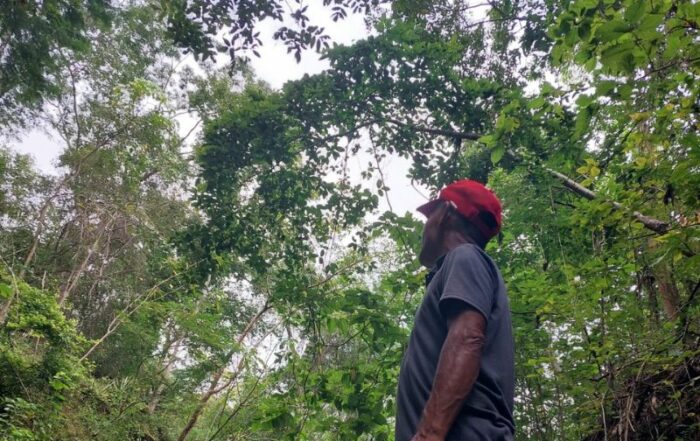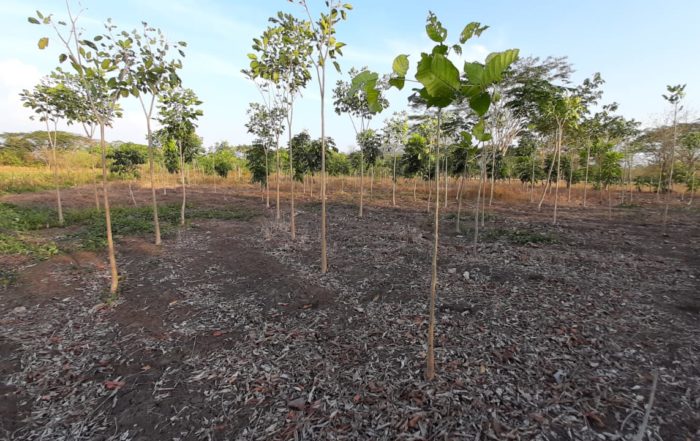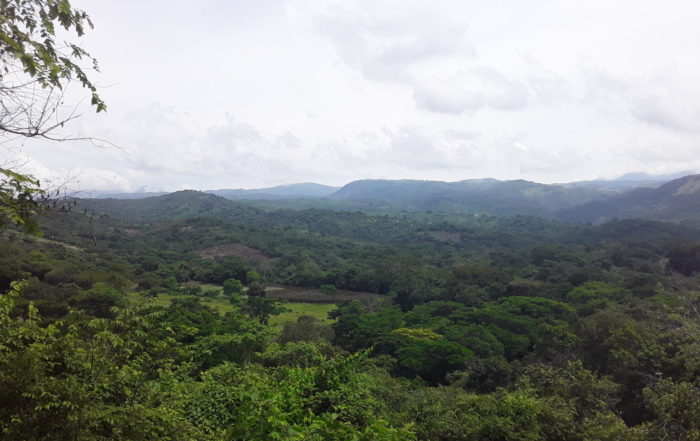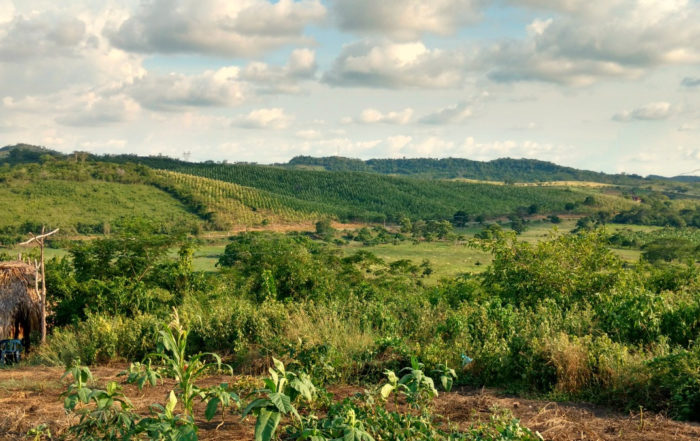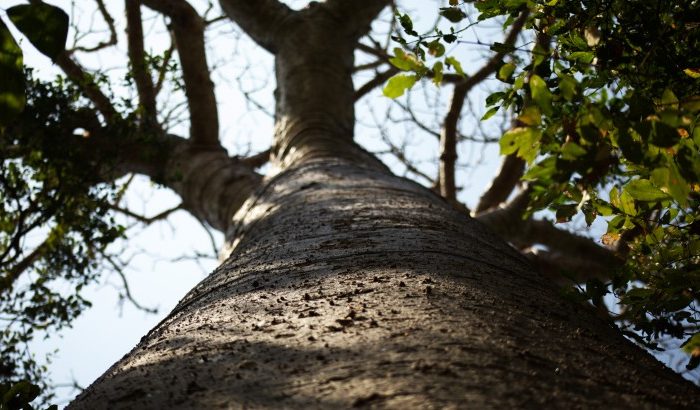– project closed in 2021 –
This project aims at reforesting the Sierra Nevada, a forest region of vital importance in terms of conservation but which is highly threatened by the adverse effects of climate change, and at developing economic alternatives to deforestation for local communities.
Since 2016, Envol Vert has initiated work with 17 beneficiaries, who now have 4 nurseries and are initiating the application of agroforestry and sylvopastoralism techniques. They were the first to benefit from the idea of replicability of the Los Limites project (Atlantico) and have already been able to benefit from exchanges between the 2 projects and from training sessions led by the beneficiary farmers of Los Limites, which have stressed the involvement of both communities and their will to develop self reliance as well as mutual support.
A vulnerable ecosystem
The Sierra Nevada was listed as a World Heritage site in 1979, a national natural park in 1994 as well as a priority conservation area, yet every year an estimated 100,000 trees are cut down in that zone by 500 illegal loggers in the vicinity.
The ecosystem of the Sierra Nevada is characteristic of the tropical rainforest with a constant thick layer of low-lying clouds. It benefits from a distinct microclimate caused by the cold winds coming from the snow-capped mountaintops, from the cool sea breeze and from the heat coming from the deserts of Guajira. The region counts numerous springs and rivers and is naturally abundant with water sources, as a result it boasts rich biodiversity. Native species found in the zone include tapirs (Tapirus terrestris), jaguars (Pathera onca), bush dogs (Speothos venaticus), various breeds of toads (Atelopus spp.), blue-billed curassows (Crax alberti), peacocks and Santa Marta conures (Phyrrhua viridicata), an endemic breed of parrots.
The Sierra Nevada in Santa Maria has been left open to increasing destruction of its biodiversity and a number of species are now on the brink of extinction. Only 15% of the original primary forest in Sierra Nevada now remains and 12 of its native animal species are at a critically high risk of extinction, a situation which has been brought about (in part at least) by the proliferation of cocoa plantations and cattle ranches in the area.
The native local population includes the indigenous Cogui and Arhuaco people, as well as farmers originating from other areas. The available natural resources in the region are currently being used at a disproportionate and unsustainable rate due to the widespread poverty which most people living in the area suffer from. Opportunities for employment are few and far between so the local population is reliant upon cultivation of crops such as yucca, bananas, malanga cocos – a yam like vegetable – and corn, hunting, fishing and the sale of timber and coal, in other words activities which put enormous pressure on the local ecosystem.
Support for displaced populations
The present community is a group of 89 farmers of African origin (60 people), which has been displaced several times due to the country’s armed conflicts and is therefore a priority for the post-conflict period, making the development of economic alternatives particularly vital.
In addition, an area of 170 ha upstream of the plots has been defined as a reserve (each farmer actually owning 2 ha) essential for the protection of water resources but it is currently undergoing flooding and logging processes that definitely have to be taken into consideration to negotiate plans of action and promote conservation.
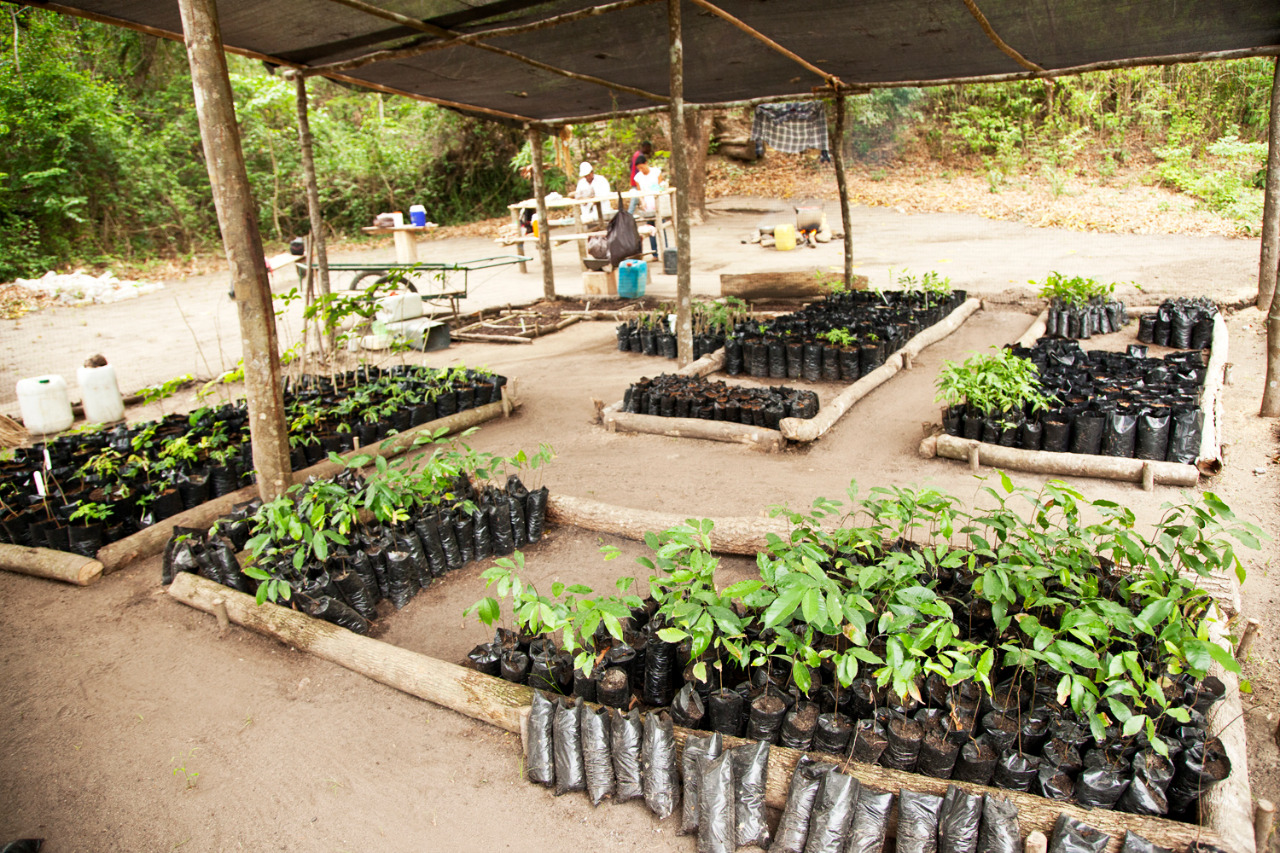
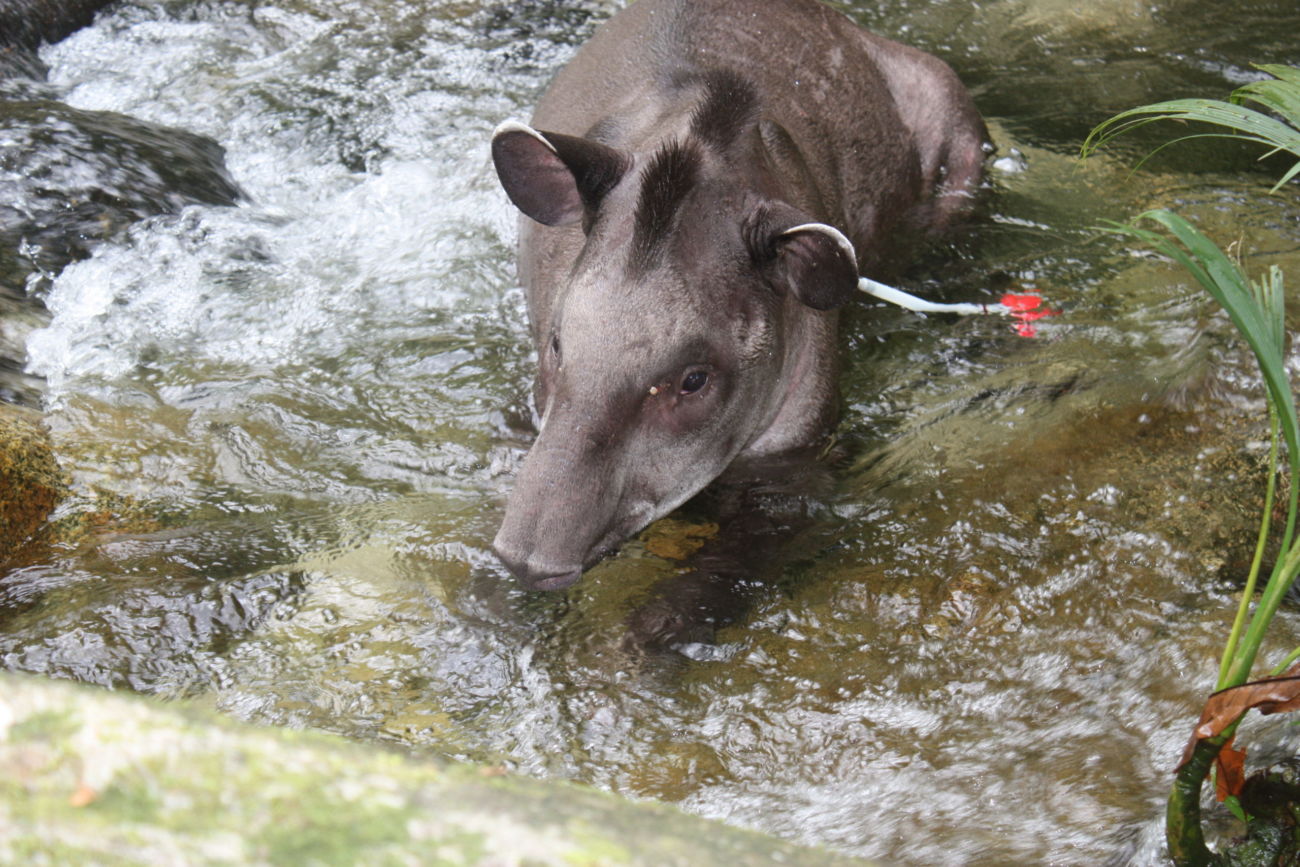


![[FORET_TAPIR]Contrefort Sierra Nevada_5©Envol Vert](http://envol-vert.org/wp-content/plugins/revslider-disabled/public/assets/assets/dummy.png)
